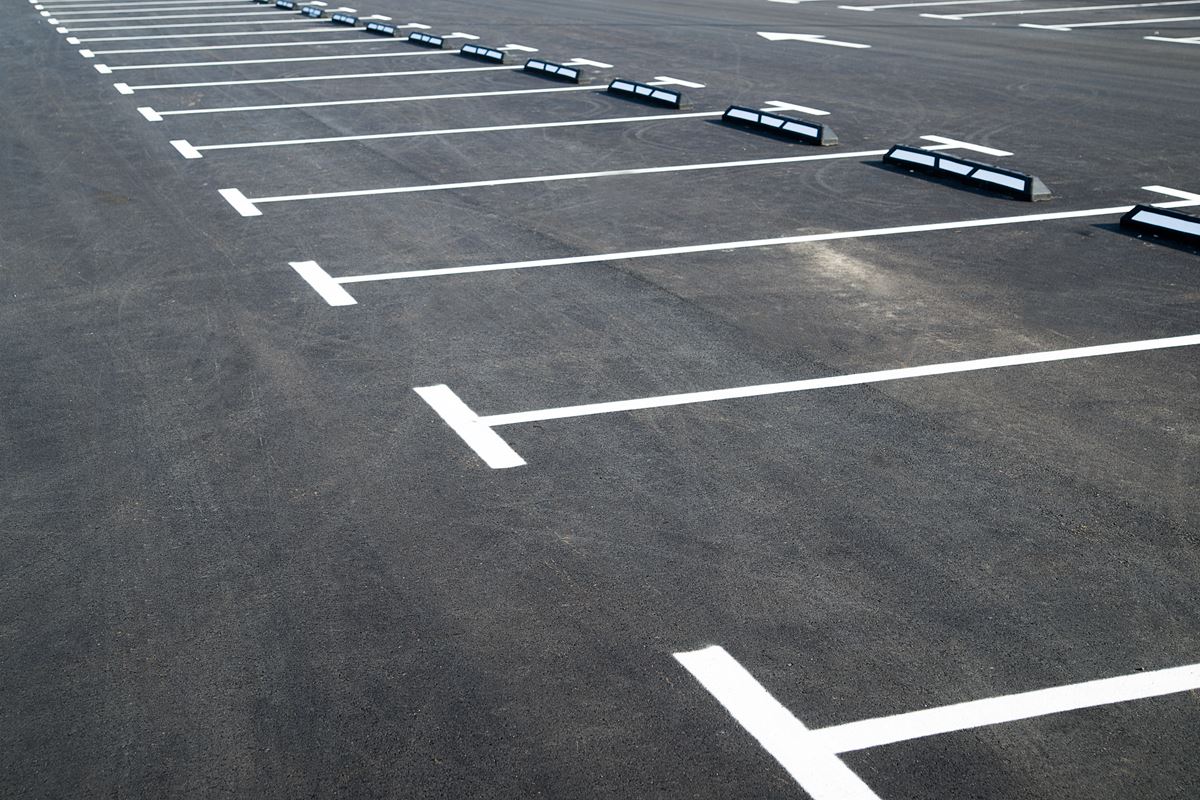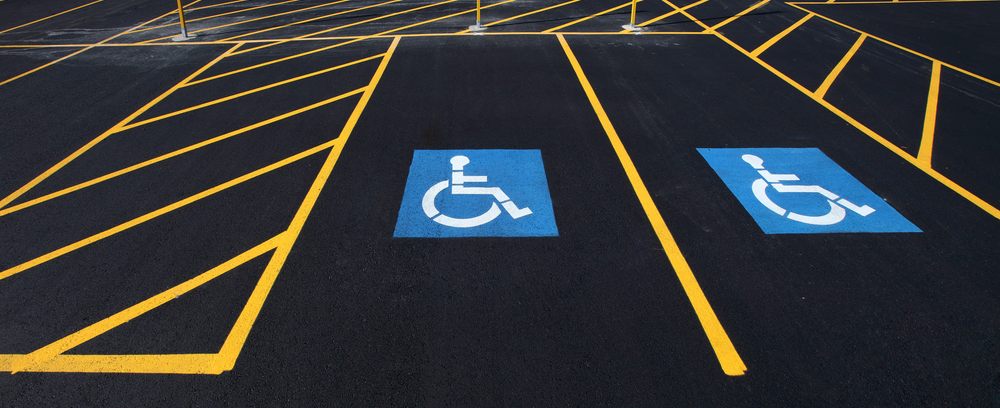Boost Your Business with Specialist Parking Lot Line Painting That Stands Out
Boost Your Business with Specialist Parking Lot Line Painting That Stands Out
Blog Article
A Comprehensive Overview to the most effective Practices in Roadway Painting for Public Freeways
It is essential to consider not only the instant impact of roadway markings yet likewise their long-lasting upkeep and exposure under varying ecological conditions. Understanding these elements can substantially affect the performance of roadway markings, yet several are not aware of the subtleties entailed.
Significance of Road Paint
Road painting plays a vital duty in keeping web traffic security and effectiveness, with research studies suggesting that well-marked highways can lower crashes by approximately 30%. The clear difference of lanes, pedestrian crossings, and other vital markings serves to guide drivers and pedestrians, fostering a predictable setting when traveling. This predictability is necessary for reliable navigating and helps minimize complication, which can commonly cause mishaps.
Additionally, roadway markings contribute in sharing vital details, such as speed restrictions and directional assistance. They boost exposure, especially in adverse climate condition or during nighttime driving. The visibility of reflective products in roadway paints additionally improves presence, enabling drivers to discern essential markings that influence their behavior when driving.

Picking the Right Products
Selecting ideal materials for roadway painting is vital to achieving long lasting and effective markings. The selection of materials directly affects the visibility, longevity, and safety and security of roadway markings. Common options include water-based paints, solvent-based paints, and polycarbonate materials, each with unique residential or commercial properties and applications.
Water-based paints are eco-friendly, quick-drying, and ideal for a lot of climate condition, making them perfect for city setups. They may need even more frequent upkeep due to wear and tear. Solvent-based paints, while providing superb adhesion and longevity, can position environmental and health and wellness concerns because of unpredictable natural compounds (VOCs)
Thermoplastic materials are significantly popular because of their durability and durable efficiency. These materials are heated up before application, enabling a strong bond with the pavement. Their reflective residential properties boost exposure, especially in the evening.
When choosing materials, factors such as web traffic volume, environment problems, and the details sort of roadway should be thought about. Performing extensive research study and consulting with suppliers can help ensure that the selected materials fulfill neighborhood laws and standards, ultimately adding to safer roadways and improved vehicle driver awareness.
Efficient Application Techniques
Effective application techniques play an important function in guaranteeing that road markings attain optimal performance and longevity. The approach of application significantly influences the adhesion, presence, and longevity of the markings. High-pressure airless splashing is typically chosen for its effectiveness and capability to produce smooth, also lines. This method reduces overspray and ensures that the paint is used evenly, which is crucial for keeping road safety and security.
Prior to application, it is important to prepare the surface area effectively. This includes cleansing the roadway of wetness, debris, and oil to enhance bond. Furthermore, temperature and moisture should be taken into consideration during the application process to attain the very best results.
Making use of the appropriate devices is additionally crucial. Line stripers outfitted with flexible widths enable exact markings that conform to regulative criteria. It is this essential to adjust the devices frequently to make sure uniformity in paint density.
Timing and Ecological Factors
Correct timing and additional reading consideration of environmental variables are crucial for the successful application of road markings. The performance of road paint mostly depends on moisture, temperature, and wind problems at the time of application.
Humidity levels also play a vital duty; high humidity can prevent drying times, while exceedingly completely dry problems might trigger rapid evaporation of solvents, affecting the paint's efficiency. Wind can present contaminants and particles, potentially jeopardizing the quality of the markings. It is a good idea to choose tranquil days for application.

Scheduling painting tasks during desirable weather condition conditions can dramatically improve the long life and effectiveness of roadway markings - Parking lot line painting. By meticulously examining these factors, companies can ensure that road markings are used efficiently and preserve their presence and resilience over time.
Upkeep and Longevity Techniques

One effective approach is to execute an organized painting program based upon website traffic volume and environmental elements - Pavement marking. Higher website traffic areas might require more frequent maintenance to combat the erosive results of cars reference and weather. In addition, the usage of long lasting products, such as thermoplastic and epoxy paints, can significantly prolong the life expectancy of road markings
Cleaning up roadway surface areas to remove debris and impurities is another crucial facet of maintenance. This makes certain optimal bond of brand-new paint and improves the total effectiveness of the markings. Additionally, utilizing innovative technologies, such as automated tracking systems, can improve the tracking process and enhance upkeep timetables.
Integrating these strategies will not only improve the visibility and safety of road markings but likewise lower lasting prices linked with constant repainting and fixings. (Line painting company)
Final Thought
View Line painting Abbotsford in a full screen map
In summary, implementing finest methods in road painting is essential for enhancing safety and security and efficiency on public freeways. The option of proper materials, combined with reliable application methods and consideration of environmental variables, adds to the longevity and presence of road markings. Regular upkeep and assessments even more prolong the lifespan of these markings, inevitably minimizing mishaps and improving total roadway functionality. Sticking to these guidelines cultivates more secure driving problems and helps with smoother traffic circulation.
The existence of reflective products in roadway paints even more boosts visibility, permitting drivers to determine critical markings that affect their habits on the roadway.
Choosing suitable products for road paint is crucial to accomplishing reliable and durable markings.While the initial application of roadway markings is critical, ongoing upkeep approaches are similarly vital to ensure their durability and presence. Additionally, the use of resilient products, such as polycarbonate and epoxy paints, can significantly extend the life-span of roadway markings.
The option of ideal products, integrated with reliable application strategies and consideration of ecological variables, adds to the resilience and exposure of roadway markings.
Report this page